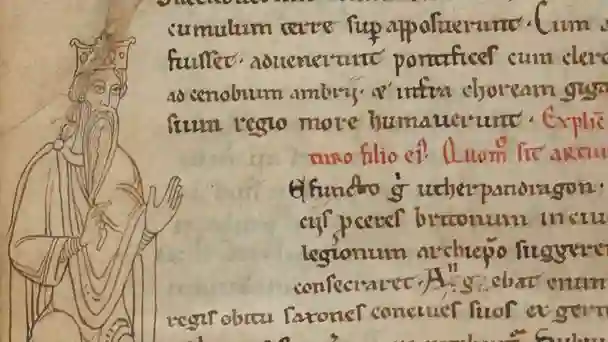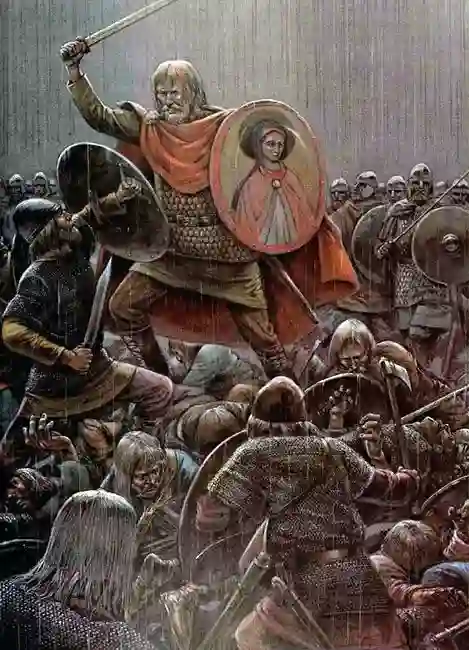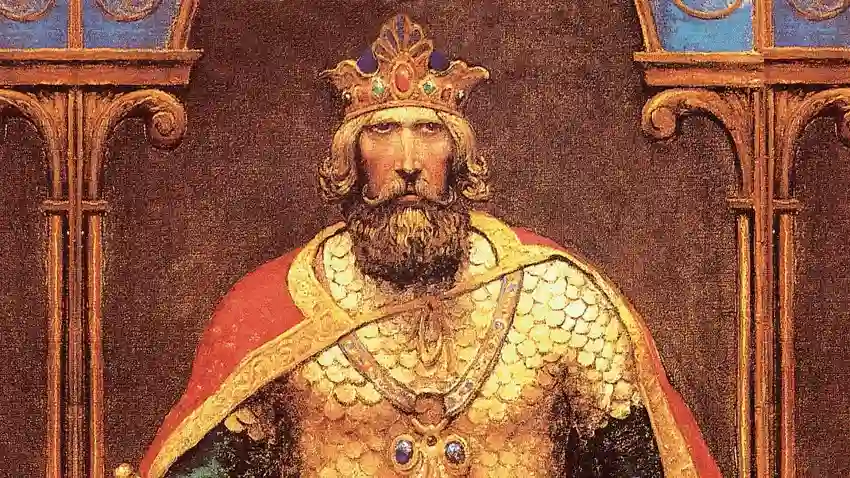For centuries, the tale of King Arthur has captured the imaginations of historians, writers, and dreamers alike. A mythical figure whose story intertwines with ideals of chivalry, heroism, and magical quests, Arthur has been immortalized in literature, folklore, and even modern films. But one question remains at the heart of this enduring fascination:
Was there a real King Arthur? To uncover the truth, we must sift through the layers of myth, medieval romance, and the scarce historical evidence that remains. In this exploration, we’ll examine what we know, what remains a mystery, and the theories that attempt to reconcile Arthurian legend with historical fact.
What We Know: The Historical Context of Arthurian Legends
To assess the reality of King Arthur, we must begin by understanding the period in which his legend is set. Arthur is traditionally placed in the late 5th to early 6th century, a time of great upheaval in Britain. The collapse of Roman rule around 410 AD left the island vulnerable to invasions by Anglo-Saxons, Scots, and Picts. This period, often referred to as the “Dark Ages,” is shrouded in mystery due to a lack of contemporary written records.
The earliest mentions of a leader resembling Arthur come from medieval sources written centuries after the time he supposedly lived. The most notable of these is Geoffrey of Monmouth’s History of the Kings of Britain, written in the 12th century. In it, Geoffrey paints a vivid picture of a great warrior-king who united Britain, defeated Saxon invaders, and led his knights on heroic quests. However, Geoffrey’s work is largely regarded as historical fiction, filled with embellishments and fantastical elements.

Another early mention comes from the Welsh monk Nennius, whose Historia Brittonum (c. 830) refers to a warrior named Arthur leading the Britons to victory in a series of battles against Saxon invaders. However, Nennius’s work is itself a blend of myth and history, casting doubt on its reliability.
It is also crucial to note the lack of contemporary sources that directly mention Arthur. The Annales Cambriae, a 10th-century Welsh chronicle, records a figure named Arthur at the Battle of Badon Hill and his death at the Battle of Camlann, but again, these accounts come centuries after Arthur is said to have lived.

Lack of Concrete Evidence
One of the central challenges in proving King Arthur’s existence is the absence of contemporaneous evidence. If Arthur was truly a ruler of such significance, why do we find no mention of him in records from his era? Historians of the time, such as Gildas, who wrote De Excidio et Conquestu Britanniae, discuss the Saxon invasions extensively but make no reference to Arthur. Gildas mentions a heroic victory at the Battle of Badon Hill but attributes it to the Britons collectively, without highlighting any specific leader. This lack of direct historical records parallels the challenges historians face with other ancient mysteries, such as the Sumerian plow’s lost origins, where much of what we know is inferred from later sources.
This silence is a significant gap in the historical record, leading some scholars to argue that Arthur never existed as a historical figure. Instead, they propose that the Arthurian legend may have been a composite of various historical leaders, woven together over time into a single, larger-than-life character.
Additionally, archeological evidence supporting the existence of King Arthur or his court, Camelot, is conspicuously absent. Excavations at sites traditionally linked to Arthur, such as Tintagel Castle in Cornwall, have yielded some fascinating finds, but none directly point to Arthur himself. Tintagel, now a popular tourist site, has long been associated with Arthurian legend, but no definitive proof has been uncovered linking it to a historical King Arthur. You can explore more about Tintagel Castle’s history and its Arthurian connections from credible historical sources. Without hard evidence—such as inscriptions, documents, or identifiable relics—the case for a historical King Arthur remains circumstantial at best.

Theories and Speculation: Was There a Real King Arthur?
While the lack of definitive evidence casts doubt on Arthur’s existence, it has not stopped scholars and enthusiasts from proposing various theories. Some historians believe that Arthur was a real figure, albeit not a king in the traditional sense. Instead, he may have been a war leader or “dux bellorum,” leading the Britons against the Saxons during the chaotic years following Rome’s departure from Britain.
A popular theory is that Arthur was a composite character, representing multiple historical figures. Ambrosius Aurelianus, a Romano-British leader mentioned by Gildas, is often cited as a possible basis for Arthur. Ambrosius is known to have led resistance efforts against the Saxons, and his deeds may have been blended with folklore to create the Arthurian legend.
Another intriguing theory, championed by David Dumville, suggests that Arthur was purely a mythological figure, with no basis in real events. Dumville argues that the Arthurian tales are part of a broader Celtic mythology, with roots in pre-Christian traditions. Arthur, in this view, is less a historical figure and more a symbolic hero representing the struggle of the Britons to defend their land and culture.
There is also the theory that King Arthur’s story is based on Lucius Artorius Castus, a Roman officer stationed in Britain in the 2nd century. Supporters of this idea point to the similarity between Artorius’s name and the name Arthur, as well as his military exploits, which could have inspired later generations of storytellers.
Frequently Asked Questions (FAQs)
1. Is King Arthur based on a true story?
While the legend of King Arthur has historical elements, there is no conclusive evidence that he was a real person. Arthur may be a composite of various historical figures, but much of his story is rooted in myth and medieval romance.
2. Was there a real Camelot and King Arthur?
There is no historical proof of Camelot’s existence, and King Arthur’s historicity remains unproven. The tale of Camelot is largely a literary creation from the medieval period.
3. Is there any evidence of King Arthur’s existence?
There is no definitive archaeological or written evidence from the time that confirms King Arthur’s existence. Most references to Arthur come from centuries after his purported lifetime.
4. Was Sir Lancelot a real person?
No historical evidence supports the existence of Sir Lancelot. He is a fictional character introduced into Arthurian legend by medieval writers.
5. When was King Arthur born and died?
If King Arthur were based on a historical figure, he is often placed in the late 5th to early 6th centuries. However, the lack of concrete evidence makes it impossible to determine his exact birth and death dates.
The Legend Endures, But the Mystery Remains
So, was there a real King Arthur? The short answer is: we don’t know for sure. The historical evidence is scant, and much of what we know about Arthur comes from sources written long after he supposedly lived. While there are tantalizing hints that a real leader may have inspired the legend, the figure of King Arthur as we know him today—complete with a round table, a magical sword, and a wizard advisor—appears to be a product of medieval imagination more than historical fact.
Yet, the persistence of Arthur’s legend points to its deeper significance. Whether or not there was a real King Arthur, his story has come to symbolize the ideals of leadership, unity, and the fight for justice. In this way, Arthur may be more real in myth than in history, a figure whose legacy endures precisely because of the mysteries surrounding him.
In the end, the legend of King Arthur may never be fully unraveled. But the search for the truth, like the quests of Arthur’s knights, will continue to inspire new generations to explore the boundaries between myth and history.
Use of Our Content
⚠️ Content on “Mystery Uncover” is protected under US and International Copyright Laws.
You are free to reuse, republish, and share our content by giving credit to the source as Mystery Uncover with a link to the original material on mysteryuncover.com.






